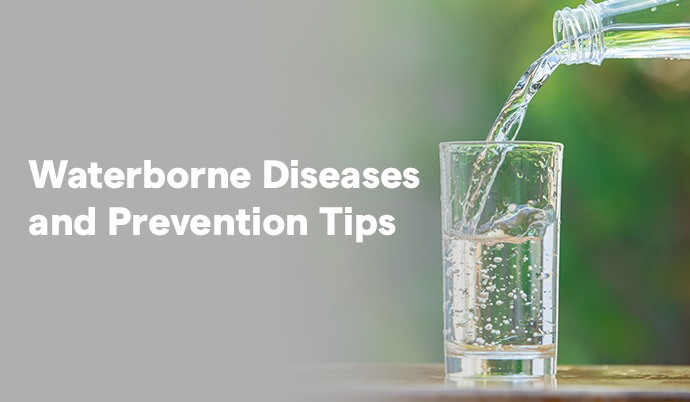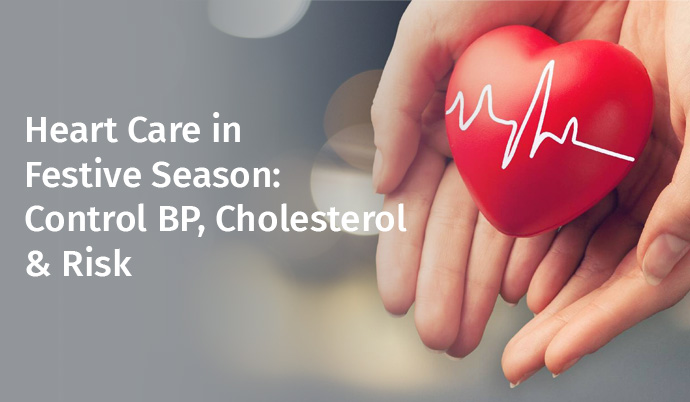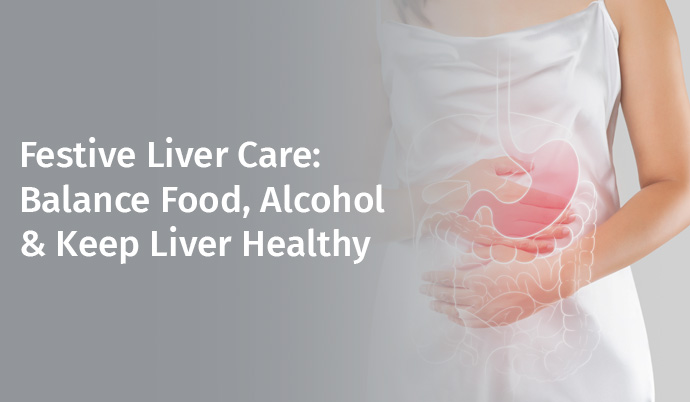
The Ministry of Health and Family Welfare states that almost 70% of the disease outbreaks in India are waterborne diseases, and these diseases are spearheaded by cholera, typhoid, hepatitis A, and diarrhoea. Shocking, right?
The polluted water is not only something that destabilises our health, but it also undermines the whole system of living clean that the population has always worked on and imposes extra costs on the families. But do not fret, here is your end-to-end monsoon-proof guide that will help you regain your footing over these trickster diseases by providing practical and effective ways of prevention.
India is a country where getting clean water remains a work-in-progress to many people, and this is in the rural areas and urban slums where cases of water-borne diseases rise exceptionally in the monsoon. Germs find their playground in flooded drains, overflowed sewage, and stagnant puddles, which are the nightmares of public health.
Waterborne diseases are essentially introduced as diseases spread by tiny pathogens such as bacteria, viruses, and parasites in the polluted water. The distribution of these diseases occurs when we imbibe, bathe in, or make contact with infected water or food that is made with the use of such water.
Common Waterborne Diseases in India
Why does the Monsoon make the situation worse?
Monsoon transforms our urban centres into Venice (with a less romantic flavour) and swamps weak sewage systems. Water stagnations, sewer pipes outflow, and open bowel release allow an easy way for pathogens to enter the water sources. Also, regular power interruption usually interferes with the water purification system, especially in semi-urban and rural settlements.
Your Survival Kit in the Monsoons
The role of public responsibility can best be expressed as facing up to a situation which cannot be overcome. It is the acknowledgement that it is hopeless, the recognition of a situation of which one is powerless, which one has to face up to. This is not a personal struggle, but this is a communal struggle. The municipal bodies are required to sustain asafe supply of water, clean the drains and raise health awareness. Yet you can also help, namely by reporting leaks, not littering and educating your community.
Water is life, and it can only be life when it is clean. As much as it is a joyous season, monsoon season poses a threat to a health crisis in case we are not wary. With water-borne diseases afflicting almost 37.7 million individuals in the country every year, it is high time we stepped up our sanitation policy. And in this spirit, we shall drink our masala chai. The monsoons are here, and with guarded hearts. Since prevention is not only as good as a cure, but it also happens to be cheaper, smarter, and at least a lot less dramatic. And for proper precaution and diagnostic care from waterborne diseases, book an appointment at Sir Ganga Ram Hospital today.




